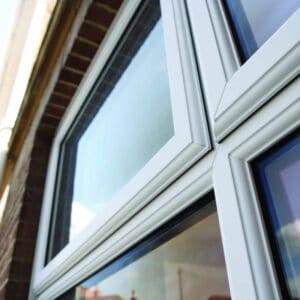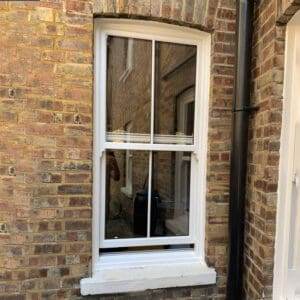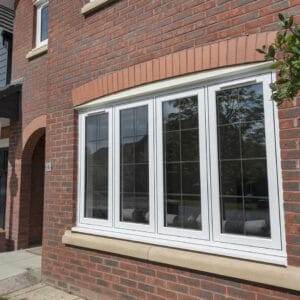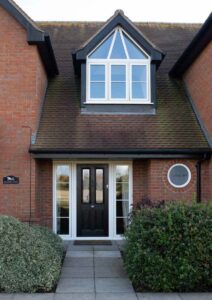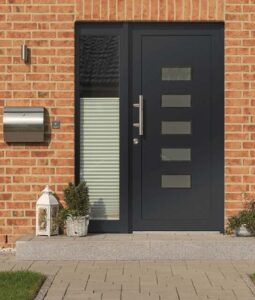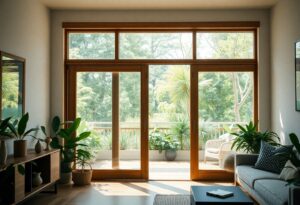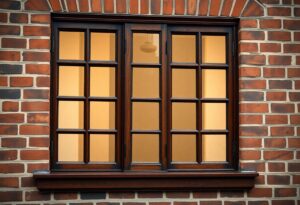U-Values are crucial metrics that quantify the thermal performance of your uPVC French doors, directly influencing your home’s energy efficiency. By understanding the relationship between U-Values and R-Values, you can make informed decisions that lead to lower energy bills and a more comfortable living environment. This post will guide you through these key energy metrics and their implications, ensuring you choose the best options for your home while maximising both comfort and savings.
Understanding U-Values
A U-value is a measure of thermal transmittance through building elements, such as windows and doors. It indicates how effective a building material is as an insulator, with lower values signifying better insulation. This metric is imperative for assessing energy efficiency, helping you make informed decisions regarding home improvements and energy costs.
Definition and Importance
Along with R-values, U-values play a significant role in understanding thermal performance. They help you evaluate how well your uPVC French doors will keep heat in during winter and out during summer, impacting your overall energy consumption and comfort levels in your home.
How to Calculate U-Values
At its core, calculating U-values involves determining the thermal resistance of each component of the building element. The U-value is calculated by taking the reciprocal of the total heat transfer resistance, which factors in materials and their thicknesses.
And, to get an accurate U-value for your uPVC French doors, you must assess the insulation properties of every layer, including the frames and glazing. To do this, you can use the formula: U = 1 / (R1 + R2 + R3…), where R1, R2, and R3 represent the thermal resistance of each layer. It’s important to ensure precise measurements and correct material values; a minor error in calculations could lead to misleading results. Additionally, consider seeking professional advice if you’re unsure about the calculations, as this can significantly affect your home’s energy efficiency and costs.
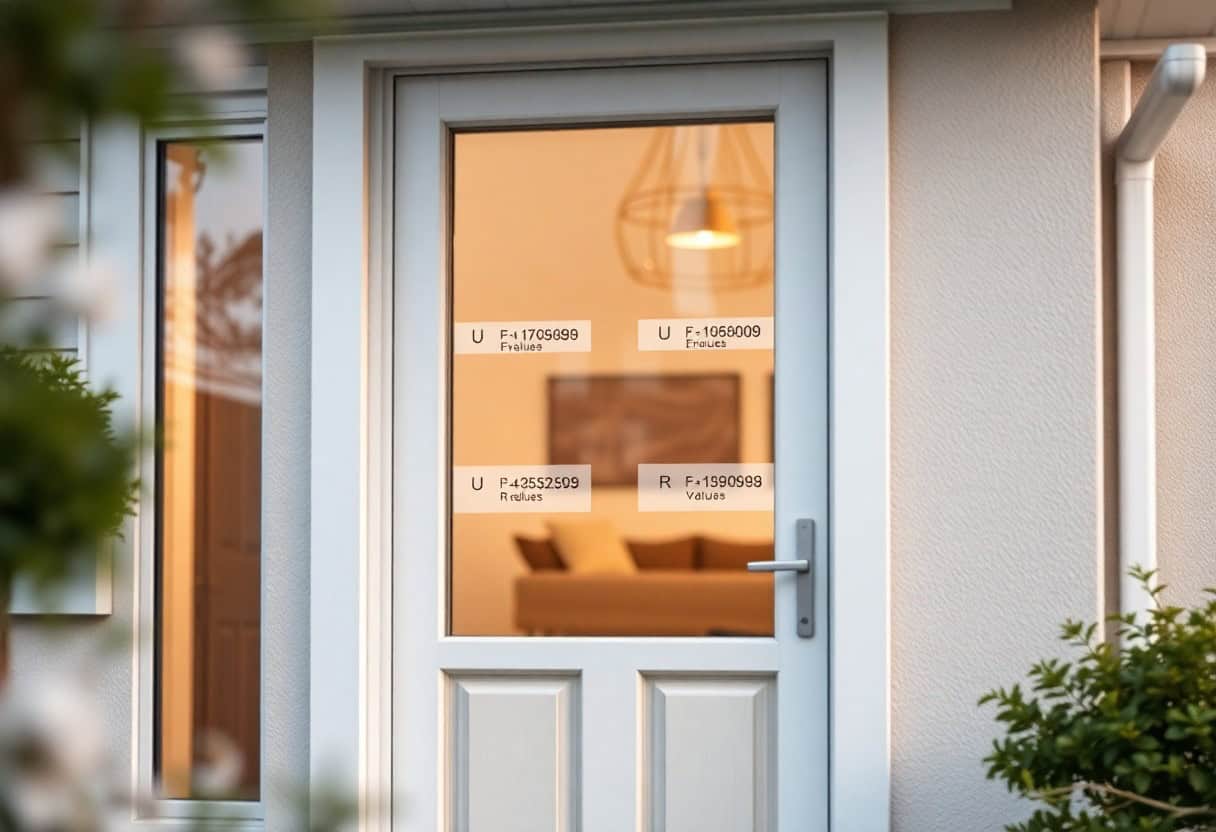
Exploring R-Values
Any homeowner considering the purchase of uPVC French doors should understand the significance of R-Values in assessing energy efficiency. R-Values measure the thermal resistance of materials, indicating how well a building component resists heat flow. The higher the R-Value, the better insulation it provides, making it an crucial factor in energy-efficient home designs.
What are R-Values?
RValues denote the thermal resistance of building materials, reflecting their capability to maintain indoor temperatures. When choosing uPVC French doors, you should look for doors with high R-Values, as they provide enhanced insulation, helping to reduce energy costs and improve comfort in your home.
R-Values vs. U-Values
Behind the comparisons of R-Values and U-Values lies the understanding of thermal performance. While R-Values indicate how well a material resists heat flow, U-Values measure the rate of heat transfer through a building element. In essence, a lower U-Value signifies better insulating properties, whereas a higher R-Value indicates superior resistance to heat loss.
To optimise your home’s energy efficiency, it’s vital to consider both R-Values and U-Values in your selection process. A material with a high R-Value provides enhanced insulation, while a low U-Value ensures minimal heat loss. Investing in uPVC French doors with high R-Values and low U-Values can significantly improve your home’s insulation, leading to reduced energy bills and a more comfortable living environment.
The Role of Insulation in Energy Efficiency
Some may underestimate the impact of insulation on your home’s energy efficiency. Proper insulation can significantly reduce heat loss, enhancing your comfort while lowering energy bills. When dicking out uPVC French doors, it’s crucial to consider how the insulation quality will contribute to your overall efficiency. Improved insulation means better temperature regulation, making your living space more pleasant and sustainable.
Types of Insulation Materials
At the heart of effective insulation are various materials, specifically engineered to enhance energy efficiency. Below are common types:
| Fibreglass | A versatile and widely used insulation material. |
| Foam | Provides excellent thermal resistance and is easy to install. |
| Mineral wool | Offers both thermal and sound insulation benefits. |
| Cellulose | An eco-friendly option made from recycled paper products. |
| Spray foam | Creates an airtight seal and expands during application. |
This variety allows you to choose the best option for your specific insulation needs.
Insulation and Performance Metrics
Across the board, the effectiveness of insulation materials directly impacts energy performance metrics like U-values and R-values. Understanding these metrics enables you to make informed decisions about your uPVC French doors and ensures optimal efficiency. The better the insulation, the lower the energy costs and the greater the comfort within your home.
It’s vital to take note that insulation should not be viewed in isolation; it works in conjunction with performance metrics to deliver the best results. A higher R-value indicates better resistance to heat flow, which is crucial in maintaining your home’s temperature year-round. In contrast, a low U-value reflects less heat transfer through the materials. Achieving high energy efficiency while balancing these performance metrics will ultimately reduce energy consumption and enhance your living conditions significantly. Your choice in insulation can lead you to a more sustainable and cost-effective solution.
Impact of uPVC Material on Energy Metrics
For energy efficiency, uPVC material significantly enhances the performance of French doors. Its inherent insulating properties contribute to lower thermal conductivity, reducing energy loss and thereby improving the U-value. This directly translates into increased comfort within your home and substantial savings on energy bills over time.
Benefits of uPVC in French Doors
The use of uPVC in French doors offers numerous advantages, including excellent thermal insulation, low maintenance requirements, and high durability. This material is resistant to rot, rust, and corrosion, ensuring that your doors remain functional and aesthetically appealing for many years without the need for extensive upkeep.
uPVC vs. Traditional Materials
Benefits of choosing uPVC over traditional materials like wood or aluminium include enhanced energy efficiency and longevity. While traditional materials may require regular maintenance to prevent decay, uPVC stands out due to its low upkeep and high resilience to environmental factors, making it a practical choice for modern homes.
Materials like wood can provide some aesthetic charm but often fall short on energy efficiency, requiring frequent treatments to prevent rot. On the other hand, uPVC maintains its integrity and performance without the extra work. Additionally, uPVC has superior thermal properties, resulting in lower heating costs and improved comfort for you. Furthermore, unlike metal frames which are prone to condensation, uPVC does not conduct cold as effectively, reducing the risk of damp and cold drafts in your home.
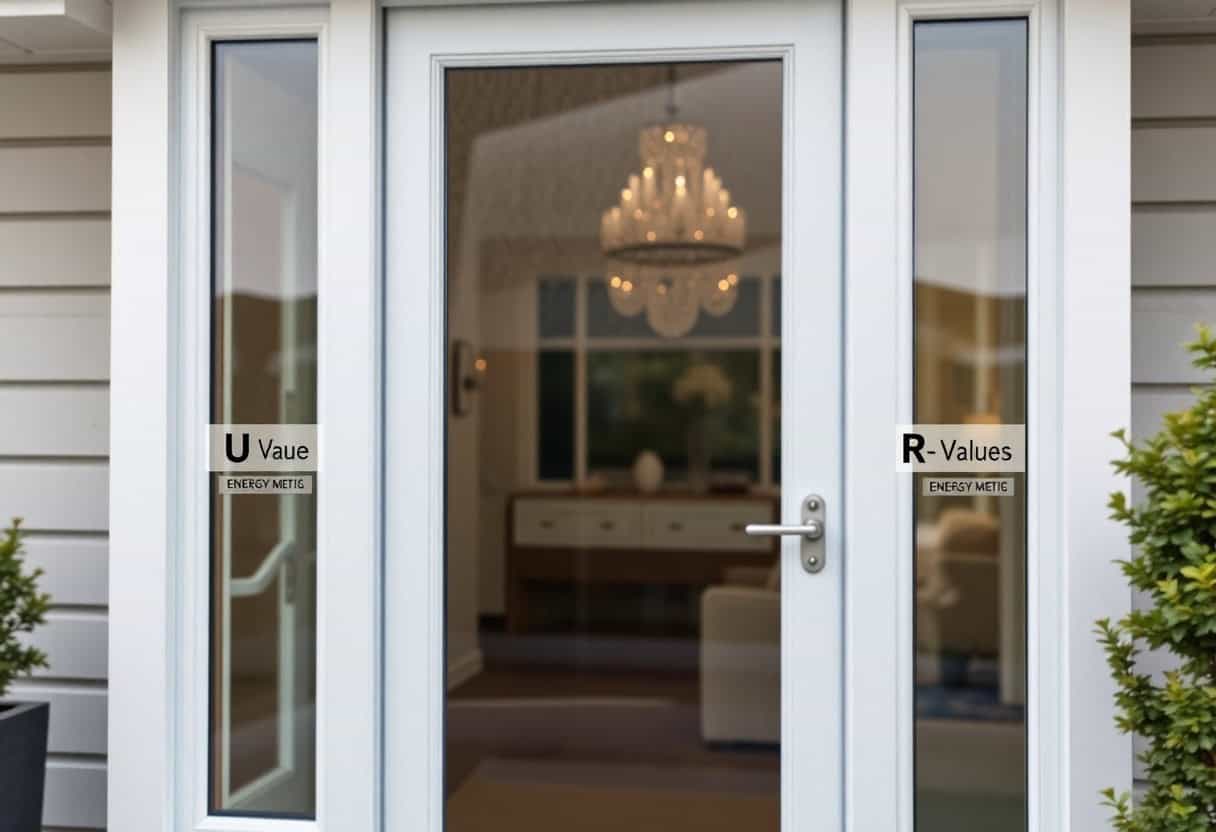
Real-Life Applications: Case Studies
After reviewing various installations, you will find multiple case studies that highlight the effectiveness of uPVC French doors in energy efficiency:
- Case Study 1: A family home in London saw a 30% reduction in heating costs after installation.
- Case Study 2: A commercial property in Manchester reported a yearly savings of £1,500 in energy bills.
- Case Study 3: An office building in Birmingham achieved an improved Energy Performance Certificate rating from D to B.
Performance Comparison of uPVC French Doors
One way to evaluate the effectiveness of uPVC French doors is by comparing their performance metrics:
| Metric | uPVC French Doors |
|---|---|
| U-Value | 1.2 W/m²K |
| R-Value | 5.0 m²K/W |
| Air Leakage Rate | 0.5 m³/h.m² |
Long-term Energy Savings
Along with immediate benefits, investing in uPVC French doors can provide significant long-term energy savings.
To maximise your investment, consider how uPVC French doors demonstrate superior thermal performance compared to traditional options. Over time, the insulation properties of these doors contribute to lower overall energy consumption, which can lead to significant reductions in utility bills. Additionally, as energy prices continue to rise, the benefits of efficient uPVC French doors become increasingly apparent, making them a wise choice for sustainable living. You will appreciate how your home remains warm in winter and cool in summer, enhancing your comfort while being economically advantageous.
Best Practices for Choosing Energy Efficient French Doors
Once again, selecting energy-efficient French doors requires careful consideration of various factors that contribute to their thermal performance. Look for doors with a low U-value and a high R-value to ensure optimal insulation, as these metrics directly impact your home’s energy efficiency.
Factors to Consider
Best practices involve evaluating the following aspects before making your choice:
- Material: Choose a durable, insulated material like uPVC or composite.
- Glazing: Opt for double or triple glazing for enhanced thermal performance.
- Seals: Ensure doors have high-quality weather seals to prevent drafts.
- Installation: Professional installation is vital for performance.
Assume that each of these factors significantly influences the overall effectiveness of your doors.
Recommendations for Homeowners
Consider investing in French doors that provide both aesthetics and energy efficiency. Ensure you select options that align with your home’s style while still prioritising thermal performance.
To maximise energy efficiency, focus on doors that are designed with energy ratings and test certifications. Look for those featuring low-emissivity (Low-E) glass, which minimises heat transfer. Additionally, highlight edges with quality weatherstripping to prevent air leaks. A well-selected energy-efficient door can greatly reduce your heating bill and create a more comfortable home overall, making it a wise investment.
Final Words
Ultimately, understanding the significance of U-values and R-values in uPVC French doors empowers you to make informed decisions regarding energy efficiency in your home. By comparing these metrics, you can assess the thermal performance of different door options, ensuring that you choose a product that aligns with your energy-saving goals. Knowledge of these energy metrics not only enhances your living environment but also contributes to long-term savings on your energy bills.
FAQ
Q: What are U-Values and why are they important in uPVC French doors?
A: U-Values measure the rate of heat transfer through a building element, such as a uPVC French door. A lower U-Value indicates better insulation and energy efficiency, meaning less heat escapes during colder months. This is particularly important for saving on energy bills and maintaining a comfortable indoor temperature.
Q: How do R-Values differ from U-Values?
A: R-Values represent the thermal resistance of a material, while U-Values measure its thermal transmittance. Essentially, R-Value is the inverse of U-Value; a higher R-Value signifies better insulating properties. For instance, whilst U-Values help compare the performance of various doors, R-Values provide insight into the effectiveness of the individual materials used in the door’s construction.
Q: What U-Value or R-Value should I look for in energy-efficient uPVC French doors?
A: It is advisable to look for uPVC French doors with a U-Value of 1.6 W/m²K or lower, as this signifies better insulation capabilities. This translates to enhanced energy efficiency and cost savings over time. For R-Values, a value of 3.00 m²K/W or higher is generally considered effective for energy efficiency.
Q: Do the energy metrics of uPVC French doors vary based on design and glazing options?
A: Yes, the energy metrics can significantly vary depending on the design, thickness, and number of glazing panes used in the door. Dual or triple glazing offers improved thermal performance compared to single glazing. Additionally, the frame’s profile and the materials used in the door’s construction also heavily influence the overall U- and R-Values.
Q: Are there building regulations relating to the U-Value of French doors in the UK?
A: Yes, the UK Building Regulations stipulate minimum U-Values for windows and doors to ensure energy efficiency. For new builds or significant renovations, uPVC French doors must comply with these regulations, promoting energy conservation. Always check with local building codes to ensure adherence to specific requirements.

